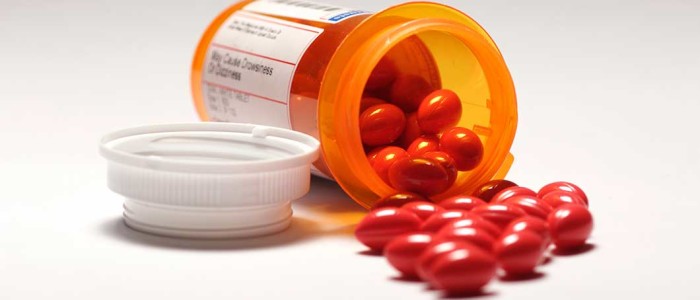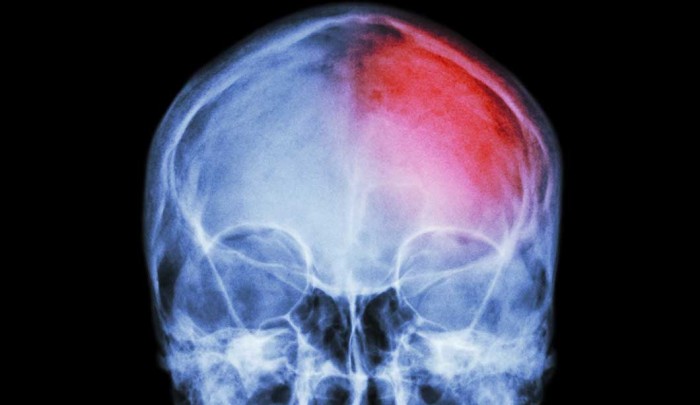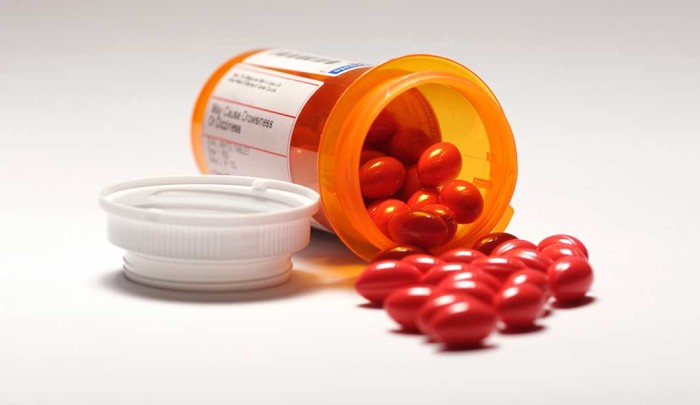Concern still swirls around the rule change proposed by the U.S. Food and Drug Administration that would remove an existing regulation on determining intended use for drugs and devices.
The manner of its announcement caused as much outcry as the regulation itself. The FDA inserted the 245-word proposed regulation into a 10,000 word document on tobacco product regulations. This proposal would apply not just to tobacco products, but to drugs and devices in general.
“I think that it is a very poor practice for the agency to include a change to important, long-standing rules affecting drugs and devices in a rulemaking that people who focus on drugs and devices are unlikely to be following,” Allison Zieve, director of the Public Citizen Litigation Group, told Legal Newsline. “Regardless of whether the proposed change is major, it should be proposed in a notice that people will understand addresses drugs and devices.”









